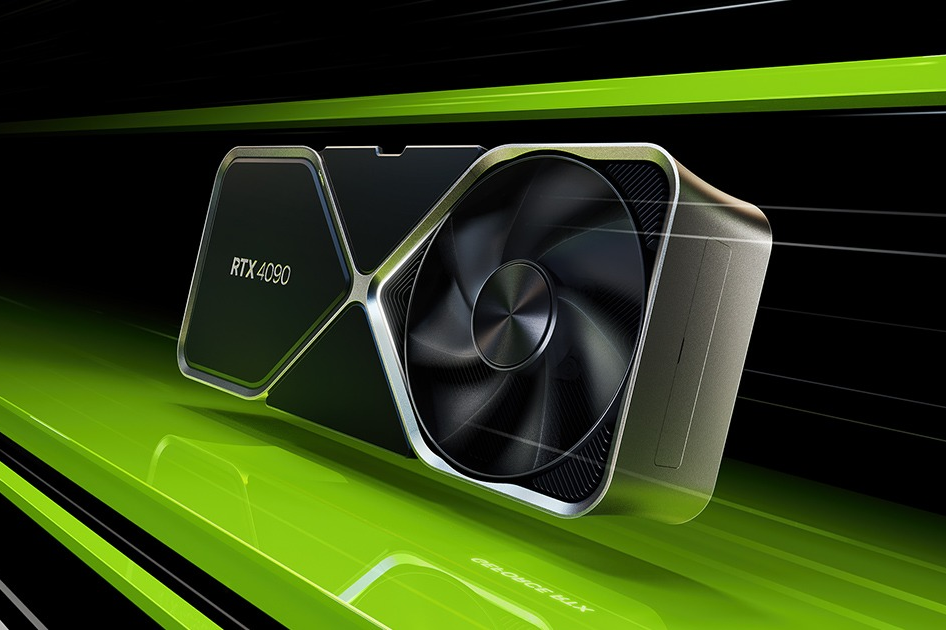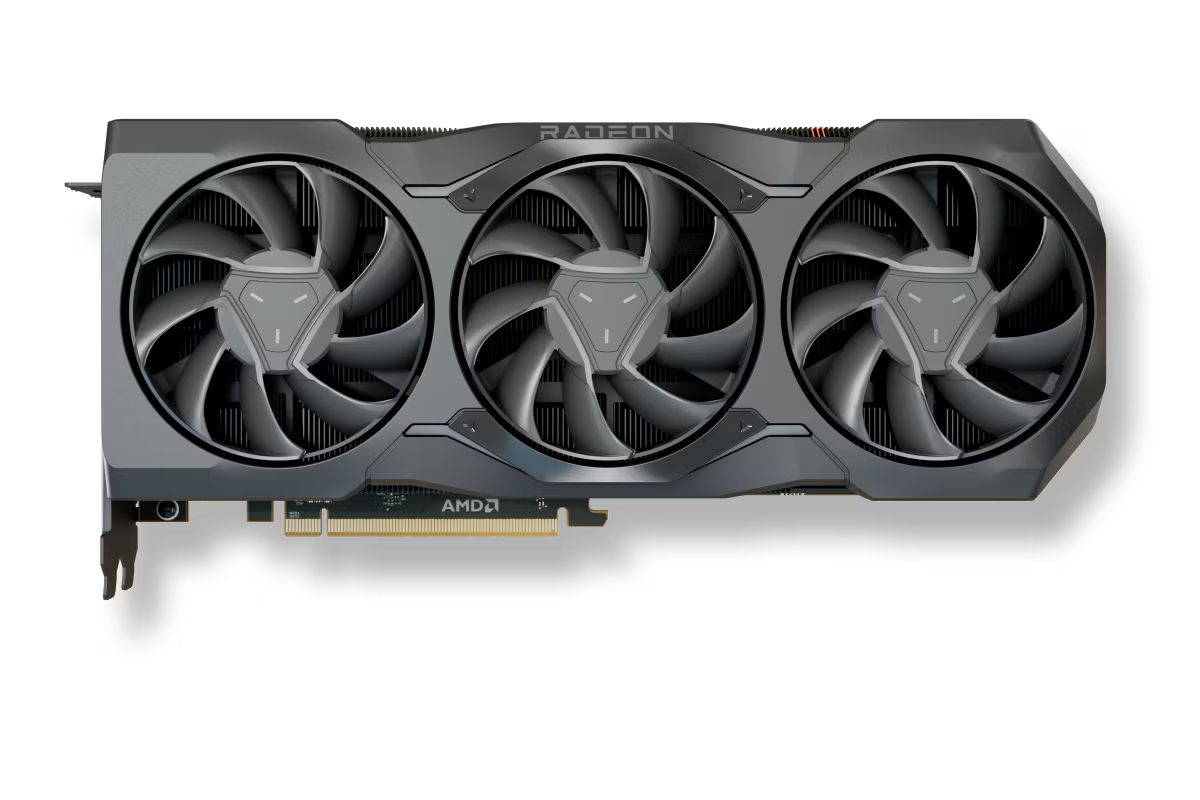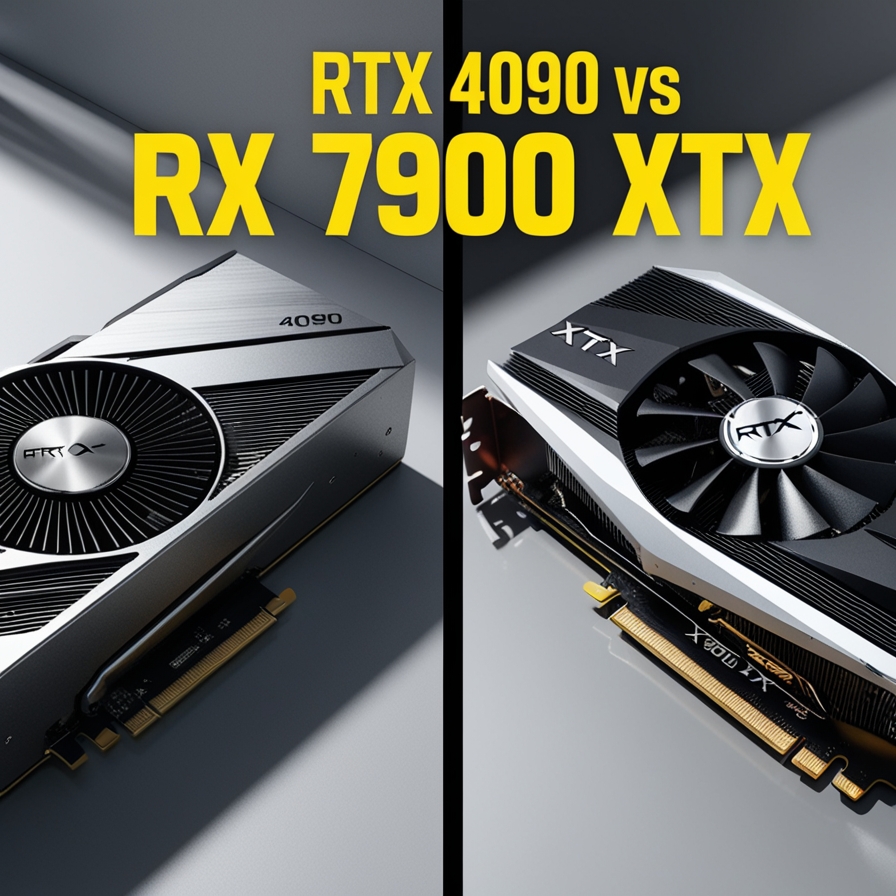When it comes to high-performance GPUs, choosing between AMD’s Radeon RX 7900 XTX and NVIDIA’s GeForce RTX 4090 is no easy feat. Both GPUs represent the zenith of their respective manufacturers’ technology, but how do they stack up against each other? With the RTX 4090 boasting superior speed and the RX 7900 XTX offering compelling value, the decision is anything but straightforward. Let’s delve into the specifics to determine which GPU reigns supreme.
Unveiling the Titans: RTX 4090 vs. RX 7900 XTX

GeForce RTX 4090: NVIDIA’s flagship GPU, the RTX 4090, leverages the cutting-edge Ada Lovelace architecture and the powerful AD102 chip. It features an impressive array of 16,384 CUDA cores and 24GB of GDDR6X memory. This GPU also incorporates 128 3rd generation RT cores, 512 4th generation Tensor cores, Shader Execution Reordering, and dual NVENC encoders with AV1 support. Notably, it includes DLSS 3, a frame generation technology exclusive to the RTX 40 series.

Radeon RX 7900 XTX: AMD’s RX 7900 XTX, while not directly targeted at the RTX 4090, stands as a formidable contender. It utilizes the RDNA 3 architecture with a chiplet design. The RX 7900 XTX is equipped with 6,144 Stream processors and 24GB of GDDR6 memory. Its features include second-generation ray tracing technology, dual media engines for 8K60 HEVC decoding and encoding, and AV1 encoding support. However, it lacks the frame generation technology found in NVIDIA’s DLSS 3.
Comparing Key Specifications
Here’s a detailed comparison of the RTX 4090 and RX 7900 XTX to help you understand their capabilities:
| Specification | NVIDIA GeForce RTX 4090 | AMD Radeon RX 7900 XTX |
|---|---|---|
| Fabrication Process | TSMC 4N (Custom) | GCD: TSMC 5nm, MCD: TSMC 6nm |
| Transistor Count | 76.3 billion | 58 billion |
| Architecture | Ada Lovelace | RDNA 3 |
| GPU | AD102 | Navi 31 |
| CUDA Cores / Stream Processors | 16,384 | 6,144 |
| RT Cores / Ray Accelerators | 128 | 96 |
| Texture Units | 512 | 384 |
| ROPs | 176 | 192 |
| Boost Clock | 2,520 MHz | 2,500 MHz |
| Memory Clock | 10,501 MHz | 2,500 MHz |
| Effective Memory | 21 Gbps | 20 Gbps |
| L2 / Infinity Cache | 73.7 MB | 96 MB |
| VRAM Size/Type | 24 GB GDDR6X | 24 GB GDDR6 |
| Memory Interface | 384-bit | 384-bit |
| Total Memory Bandwidth | 1,008 GB/s | 960 GB/s |
| Texture Rate | 1,290 Gigatexels/sec | 959.6 Gigatexels/sec |
| Connectors | 3x DisplayPort, 1x HDMI | 2x DisplayPort, USB-C, HDMI |
| Minimum Power Supply | 850 Watts | 800 Watts |
| TGP / TDP | 450 Watts | 355 Watts |
| PCI Express Interface | Gen 4 | Gen 4 |
| Release Date | October 2022 | December 2022 |
| Launch Price | $1,599 | $999 |
Architectural Insights
The RX 7900 XTX and RTX 4090 represent the pinnacle of AMD’s RDNA 3 and NVIDIA’s Ada Lovelace architectures, respectively. AMD’s innovative chiplet design, which separates the graphics compute die (GCD) and memory cache die (MCD), contrasts with NVIDIA’s approach using a monolithic design on a more advanced 4nm process. This distinction highlights AMD’s efforts to balance performance with cost.
On the other hand, NVIDIA’s RTX 4090, built on a 4nm process, showcases its advanced ray tracing capabilities and superior AI processing power. Its Ada Lovelace architecture brings new levels of performance efficiency and support for cutting-edge features like DLSS 3.
Performance Evaluation
When it comes to raw power, the RTX 4090 outperforms the RX 7900 XTX by a notable margin. It is capable of handling 8K gaming with ease, setting a high bar for performance across various benchmarks. The RTX 4090 delivers an approximate 25% performance advantage over the RX 7900 XTX, especially noticeable with ray tracing enabled.
Despite its higher price, the RTX 4090 consistently outshines the RX 7900 XTX. However, for those seeking value, the RX 7900 XTX offers excellent performance for 4K gaming at a significantly lower cost.
Price and Availability
The RX 7900 XTX’s launch price of $999 contrasts sharply with the RTX 4090’s $1,599. The latter’s higher cost reflects its premium performance and features. While the RX 7900 XTX presents a better price-to-performance ratio, it’s crucial to note that its availability is generally stable, unlike some of the more expensive RTX 4090 models, which are still scarce and priced above MSRP.
Which GPU Should You Choose?
In summary, the choice between the RTX 4090 and RX 7900 XTX boils down to your specific needs. The RTX 4090 offers superior performance, advanced features, and is ideal for those who prioritize cutting-edge technology and are willing to invest in it. Conversely, the RX 7900 XTX delivers excellent value for those who seek high performance at a lower price point and can do without some of the RTX 4090’s advanced features.
As the landscape of GPU technology evolves, both GPUs will continue to cater to different segments of the market. Your choice will depend on whether you prioritize raw performance or value for money.

Leave a Reply
You must be logged in to post a comment.